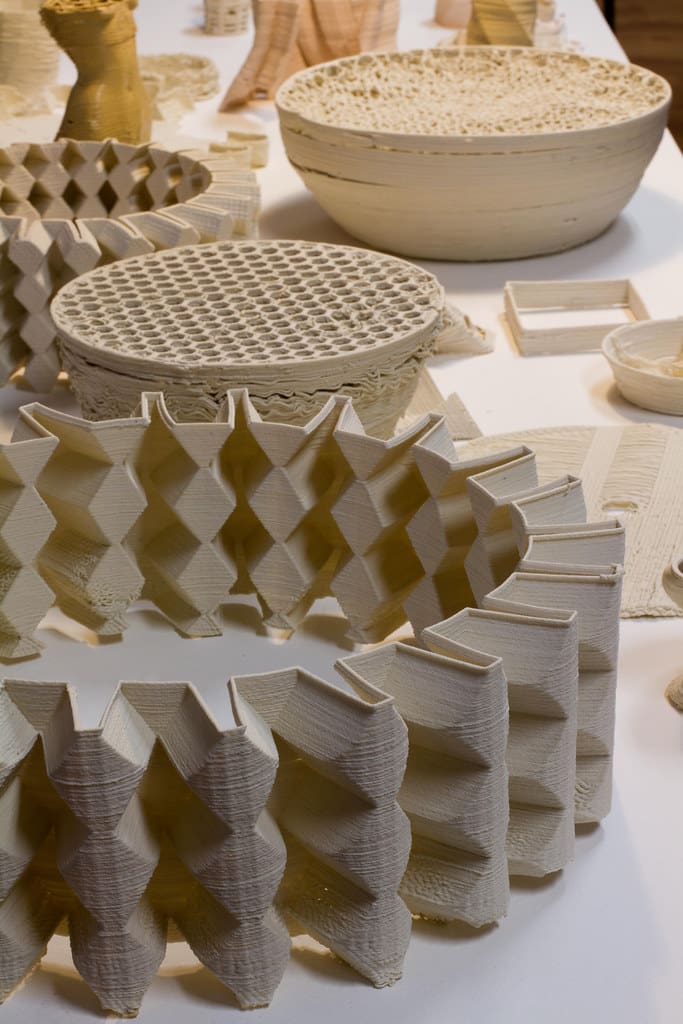Renewable energy engineering, which focuses on the development and optimization of sustainable energy sources such as solar, wind, and hydroelectric power, is increasingly benefiting from advances in 3D printing technology. This innovative manufacturing process offers significant advantages in designing and producing more efficient, cost-effective, and environmentally friendly energy solutions. As the demand for renewable energy sources grows, 3D printing is becoming an essential tool in the engineer’s toolkit, providing the means to address some of the most pressing challenges in energy production and distribution.
The Emergence of 3D Printing in Renewable Energy Engineering
Originally used for prototyping in various industries, 3D printing has evolved to include the production of functional parts for the renewable energy sector. This includes components for wind turbines, solar panel arrays, and hydroelectric facilities. The ability to produce parts on-demand and on-site is particularly valuable in remote or difficult-to-access locations where renewable energy installations are often situated.

Advantages of 3D Printing in Renewable Energy Engineering
Rapid Prototyping and Innovation: 3D printing accelerates the innovation cycle, allowing engineers to prototype new designs quickly and test them under real-world conditions. This rapid prototyping capability is invaluable for iterating design improvements and integrating new technologies.
Cost Reduction: By minimizing waste and reducing the need for expensive tooling and traditional manufacturing processes, 3D printing lowers the cost of producing renewable energy components. This is particularly impactful in the development of customized parts for specific applications or locations.
Enhanced Design Flexibility: 3D printing enables the creation of complex geometrical shapes that are often ideal for renewable energy applications but difficult or impossible to manufacture using traditional methods. For instance, optimized blade designs for wind turbines can be directly printed, improving their efficiency and performance.
Sustainability: 3D printing contributes to environmental sustainability by reducing waste and often using materials that are recyclable or derived from recycled sources. This aligns closely with the goals of renewable energy projects.
Key Applications of 3D Printing in Renewable Energy Engineering
Wind Energy: In wind power, 3D printing is used to create lighter, more durable turbine blades, as well as components of the nacelle and tower. Customized designs that are optimized for local wind conditions can be produced, enhancing energy efficiency and reducing maintenance costs.
Solar Energy: For solar energy, 3D printing is utilized to fabricate brackets, mounts, and even the photovoltaic (PV) cells themselves. Innovative designs that maximize sunlight capture and reduce material use are possible with this technology.
Hydroelectric Systems: 3D printing offers solutions for creating turbine parts and complex waterway systems for hydroelectric power plants. These components can be designed to optimize water flow and energy conversion rates.
Bioenergy Components: In bioenergy, 3D printing can produce components for biomass processing equipment or biogas systems. Custom parts that are tailored to the specific type of biomass or operational requirements can significantly improve the efficiency of bioenergy production.

Challenges in 3D Printing for Renewable Energy Engineering
Despite its advantages, there are challenges to the widespread adoption of 3D printing in renewable energy engineering:
Material Limitations: Finding materials that can withstand the harsh environments typical in renewable energy installations, such as outdoor weather conditions for solar panels or saltwater exposure for tidal energy systems, is challenging.
Scale and Structural Integrity: Scaling 3D printed components to the sizes needed for some renewable energy applications, such as large wind turbine blades or massive solar arrays, can pose difficulties in ensuring structural integrity and long-term durability.
Regulatory and Certification Processes: Renewable energy components often need to meet stringent regulatory and certification standards to ensure safety and effectiveness. Establishing standards for 3D printed components is still an ongoing process.
Future Directions in 3D Printing for Renewable Energy Engineering
The future of 3D printing in renewable energy engineering is promising, with ongoing research focused on improving materials, printing techniques, and the integration of 3D printing into traditional manufacturing processes. As these technologies mature, the role of 3D printing is expected to expand, enabling more efficient, cost-effective, and sustainable renewable energy solutions.
3D printing is set to play a pivotal role in the future of renewable energy engineering, offering enhanced capabilities for developing innovative, efficient, and sustainable energy solutions. As the technology continues to evolve, it promises to revolutionize the way renewable energy systems are designed and manufactured, leading to greater adoption of sustainable energy technologies worldwide.








